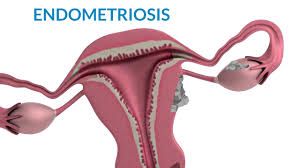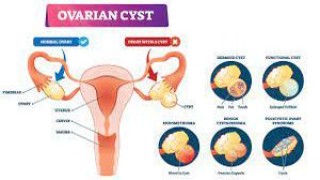Nissen Fundoplication: Step-by-Step Laparoscopic Procedure Explained
Add to
Share
11 views
Report
14 hours ago
Description
Laparoscopic Nissen Fundoplication is one of the most effective surgical treatments for gastroesophageal reflux disease (GERD) and hiatal hernia, offering long-term relief from acid reflux symptoms and improving the patient’s quality of life. At World Laparoscopy Hospital (WLH), this minimally invasive procedure is performed and taught with precision, following global standards under the guidance of Dr. R. K. Mishra, a pioneer in laparoscopic surgery and surgical education. Understanding Nissen Fundoplication Nissen Fundoplication is a surgical technique in which the upper part of the stomach (the fundus) is wrapped 360 degrees around the lower end of the esophagus. This creates a stronger valve mechanism, preventing acid reflux and restoring normal swallowing and digestive function. The laparoscopic approach provides faster recovery, minimal scarring, and reduced postoperative pain compared to traditional open surgery. Step-by-Step Laparoscopic Procedure At World Laparoscopy Hospital, the Nissen Fundoplication is performed through a systematic, well-structured laparoscopic approach: 1. Patient Positioning and Anesthesia The patient is placed in a supine position with legs slightly apart under general anesthesia. The surgeon positions the patient in a reverse Trendelenburg position to allow gravity to pull the stomach and intestines away from the diaphragm, creating an optimal view of the surgical site. 2. Port Placement and Access A five-port technique is commonly used. After establishing pneumoperitoneum using a Veress needle or Hasson technique, trocars are inserted strategically to provide the best triangulation for instruments and camera visualization. 3. Exposure of the Hiatus The left lobe of the liver is gently retracted using a Nathanson retractor to expose the esophageal hiatus. The peritoneum overlying the esophagus and diaphragm is incised to visualize the crura and lower esophagus. 4. Mobilization of the Esophagus The lower esophagus is carefully dissected and mobilized to gain adequate length (at least 2–3 cm of intra-abdominal esophagus). The dissection is done circumferentially, ensuring that both anterior and posterior vagus nerves are identified and preserved. 5. Crural Closure (Hiatal Repair) The diaphragmatic crura are approximated using non-absorbable sutures to close the hiatal defect snugly around the esophagus. This step is crucial to prevent postoperative herniation of the stomach into the chest. 6. Creation of the Fundoplication Wrap The fundus of the stomach is passed behind the esophagus (posterior approach) to create a 360° wrap around the distal esophagus. The wrap is then secured using three interrupted sutures, ensuring that it is loose enough to allow food passage but tight enough to prevent reflux. 7. Calibration and Testing A bougie or calibration tube is often introduced into the esophagus during the procedure to avoid creating an overly tight wrap. The surgeon ensures proper tension and checks for smooth passage of the instrument to confirm a balanced, functional fundoplication. 8. Final Inspection and Closure The surgical field is inspected for hemostasis. The ports are removed under direct vision, and the pneumoperitoneum is released. Small incisions are closed cosmetically with absorbable sutures. Postoperative Care and Recovery Patients are typically able to walk within hours after surgery and can resume oral intake with liquids on the same day or next. Hospital stay usually lasts 1–2 days. Most patients experience immediate relief from reflux symptoms and can return to normal activities within a week. Why Choose World Laparoscopy Hospital World Laparoscopy Hospital is internationally recognized for excellence in laparoscopic and robotic surgery training and patient care. Surgeons from over 138 countries have been trained here in advanced minimally invasive techniques. Under the expert mentorship of Dr. R. K. Mishra, WLH offers a unique environment combining hands-on surgical training, live demonstrations, and academic excellence. Performing and teaching Nissen Fundoplication at WLH exemplifies the institution’s mission—“Dedicated to Excellence in Minimal Access Surgery.” With a focus on patient safety, precision, and innovation, WLH continues to lead the world in advancing laparoscopic surgical techniques. Conclusion The Laparoscopic Nissen Fundoplication performed at World Laparoscopy Hospital is a benchmark in minimally invasive surgery. With its step-by-step precision, advanced equipment, and experienced surgical faculty, WLH ensures outstanding patient outcomes while empowering surgeons worldwide to master this life-changing procedure.
Similar Videos






